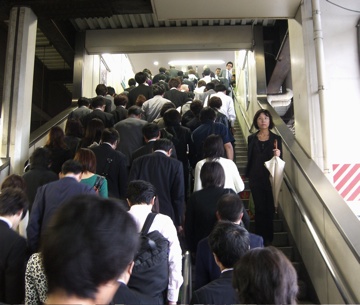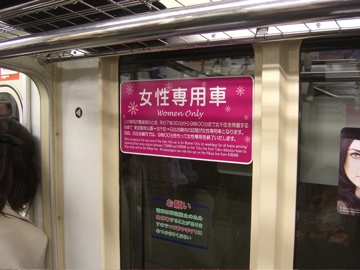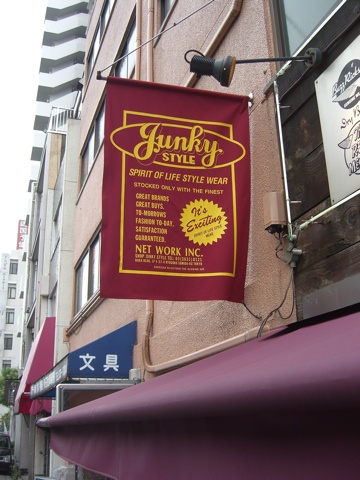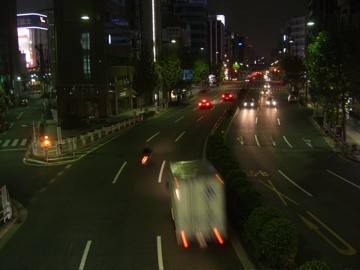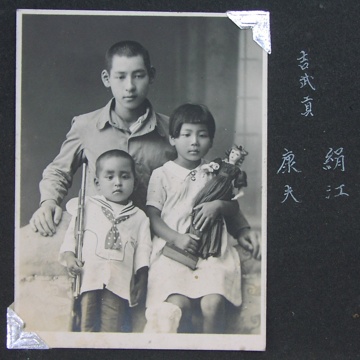That title makes me think: "Booger by Moonlight." But that's a different story altogether.
So: Last Thursday night, we were following our usual custom of watching the local news (if for no other reason to catch one or another of the occasional on-air snafus that add up to must-see TV). About 15 minutes in, one of the anchors cut in with word of an 8.8 earthquake off the coast of northeastern Japan. One of the odd things I have set up via an email account is U.S. Geological Survey reports of Pacific earthquakes, so I'd been aware of a series of sharp quakes in the region that seemed to kick off with a 7.2 quake. Within a few minutes, the Thursday evening (Friday afternoon Japan time) quake magnitude was updated to 8.9 and eventually 9.0. Having gone through a handful e of 6-point shakes and a 7-pointer that was centered 60 miles away but was strong enough to wreak havoc in the central Bay Area, 9.0 is unimaginably powerful.) Soon, the channel was showing pictures, though not very clear ones, of an unidentified city location where, in the distance, you could just make out a flow of water (my guess it was a view of the tsunami just beginning to flow into Sendai, a city of 1 million on the northeast coast). After seeing that, I called my son Eamon and daughter-in-law Sakura–her hometown is about 50 miles north of Tokyo and 180 miles from the quake epicenter–to ask if they'd heard about the quake. They hadn't, yet, but immediately got on the phone to try to reach Sakura's family (they were all fine, though the shaking had been quite strong where they were and lots of stuff inside their home had come crashing down).
After hearing from Eamon, I started to think about how the event would impact our local public-radio news operation in San Francisco. Well, sure, there'd be reaction in the Japanese-American community here. And yes, there was a possibility of a tsunami on this side of the Pacific, though in 25-plus years of covering news here tsunami threats have generally been non-events on this part of our coast (not this time, though). In time, a couple colleagues showed up on email to share ideas for coverage in the morning. Then I headed to the one immediate outlet for news we have, a blog we call News Fix. I made my first post around midnight, then kept updating until 4 a.m. Friday morning. There was enough traffic to early posts on tsunami warnings for California that it broke the site (we had some incompatible, inefficient widgets installed, apparently). I and others posted later Friday, on Saturday, on Sunday, then again Monday.
Posting on that news blog is different from posting here. It's much more to the point, and I feel much less need to be discursive. The result: Less thought, fewer words, more links, frequent posts. Here's the list from the last few days:
Links to Coverage of Japan's 8.9 Quake, Tsunami
California, West Coast on Tsunami Watch
1964: A Distant Quake, a Disastrous California Tsunami
Tsunami Warning for California, Oregon
U.S. Geological Survey Breaks Down Monster Quake
Japan Quake-Tsunami Aftermath: Fears About Nuclear Plants
When the Tsunami Arrived in San Francisco Bay
California Tsunami Watch: Canceled
Japan's Great Quake: The California Perspective
More Maps and Images of Japan's Great Quake

